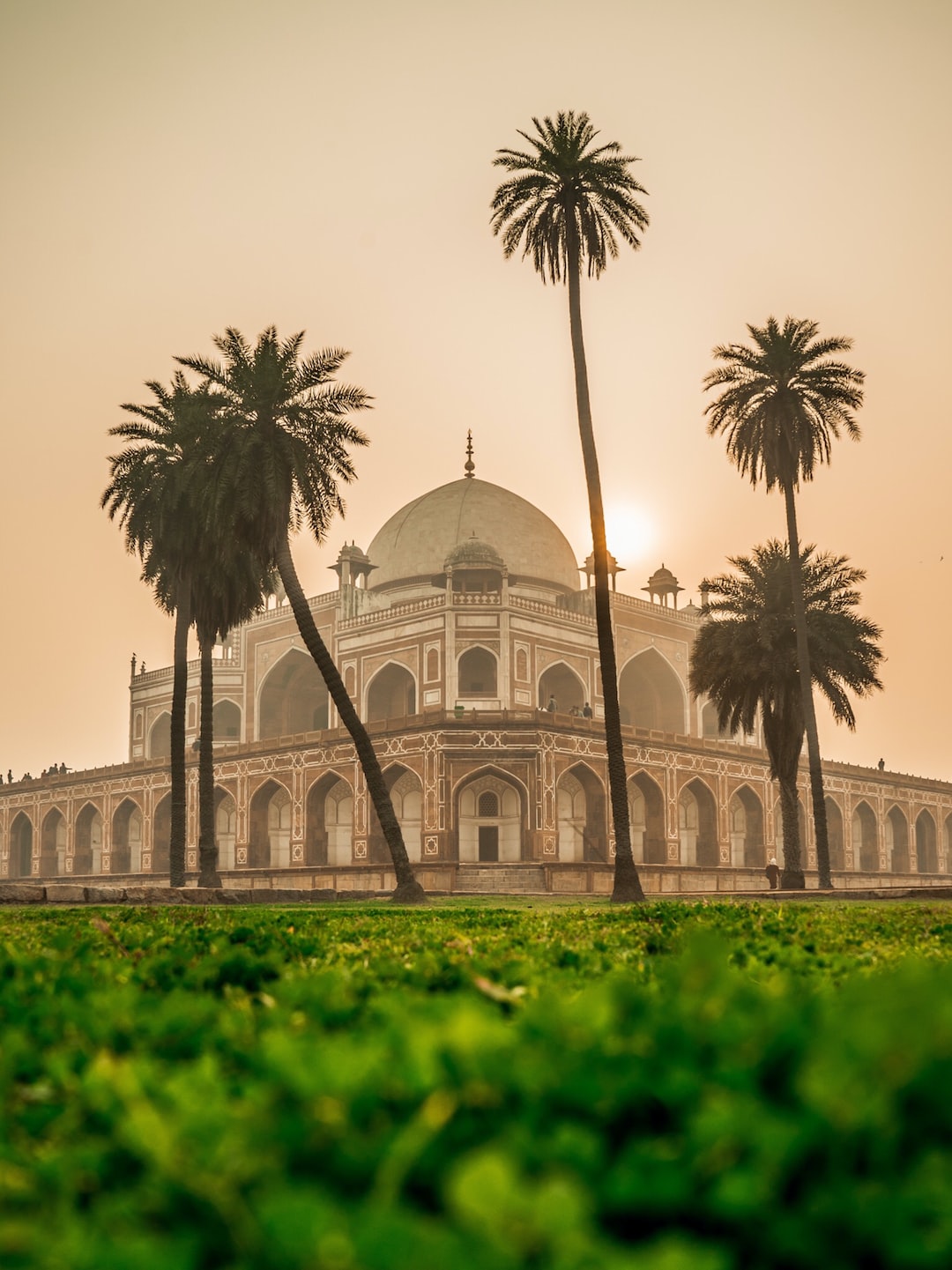The golden hour, also known as the magic hour, refers to a specific period of time just after sunrise or before sunset when the natural lighting conditions are ideal for photography and cinematography. During this time, the sun’s position in the sky creates a warm, soft, and diffused light that enhances the beauty of the subject being captured.
Photographers and filmmakers often find the golden hour to be the most appealing for outdoor shoots due to the flattering light it provides. However, there is a misconception regarding the exact timing of the golden hour. Many believe it occurs precisely one hour after sunrise or one hour before sunset, hence the name “golden hour.”
Timing of the Golden Hour
The golden hour does not always last for exactly one hour. Its duration varies depending on several factors, including geographical location, time of year, and weather conditions. While it can be as short as 30 minutes or extend for up to two hours, the common perception is that it lasts around one hour.
Golden Hour Before Sunset
Contrary to popular belief, the golden hour typically begins before the sun actually sets on the horizon. It usually starts when the sun is about six degrees above the horizon, which occurs approximately 30 to 60 minutes before sunset. The intensity and quality of the golden hour light gradually increase as the sun gets closer to the horizon.
Length of the Golden Hour
The duration of the golden hour can vary depending on the time of year and your location. In higher latitudes and during different seasons, the angle of the sun relative to the horizon changes, affecting the length of the golden hour. For instance, in the summer months, closer to the poles, the golden hour may last several hours, whereas in equatorial regions, it may be much shorter.
Weather Conditions

It’s important to note that weather conditions can greatly impact the appearance and duration of the golden hour. Cloudy or overcast skies can diffuse the sunlight and create a longer golden hour effect, making it last longer than usual. On the other hand, clear skies with few clouds may result in a shorter golden hour with more intense, direct sunlight.
Tips for Capturing the Golden Hour
To make the most out of the golden hour, here are some tips:
- Plan ahead: Determine the exact timing of the golden hour in your location using various online tools or smartphone apps.
- Arrive early: Make sure you’re on location at least 30 minutes before the start of the golden hour to set up your equipment and prepare your subjects.
- Use a tripod: Longer exposures may be necessary as the available light diminishes during the golden hour. A tripod will help stabilize your camera and prevent blurry images.
- Experiment with angles: Take advantage of the warm, soft light to create depth and dimension in your photographs by shooting from different angles and perspectives.
- Consider silhouettes: During the golden hour, capturing silhouettes against the vibrant sky can create dramatic and visually stunning shots.
- Keep shooting: The lighting conditions during the golden hour change rapidly, so keep shooting and experimenting with different compositions to capture the best possible images.
In conclusion, the golden hour is a desirable time for photographers and filmmakers to capture stunning visuals due to the soft, warm light it provides. While there is no exact duration for the golden hour, it usually begins 30 to 60 minutes before sunset. Factors such as location, season, and weather conditions can influence the length and appearance of the golden hour. By understanding these aspects and following a few tips, you can make the most out of this magical time and create breathtaking imagery.